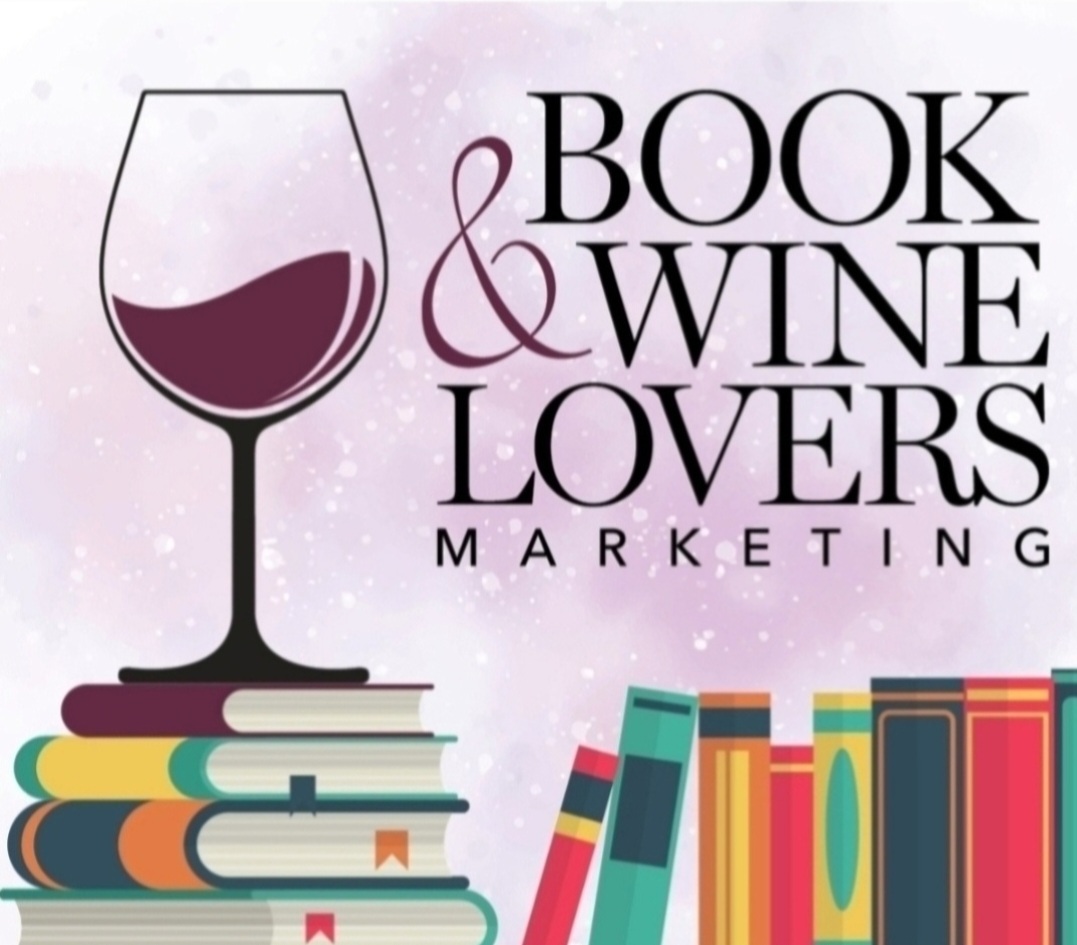While I would never presume to be anything, other than what I am—an avid reader of historical romantic fiction—I do have a few ideas, from personal experience concerning some things that will sometimes make a novel slightly less enjoyable than it could be. What I’m talking about is not novels that are poorly written, but some small things I’ve found in an otherwise great book that left me feeling a tiny bit unsatisfied overall.
In no particular order of importance…
1) Do NOT rush the ending. This is one of my biggest quirks and can come very close to ruining a perfectly wonderful story.
[pullquote_right]Do NOT rush the ending.[/pullquote_right]What I’m referring to here is the sudden tying up of all the loose ends, plot points, characters realizations of feelings etc. after a thrilling lead up only to wrap everything up all at once in a neat little bow in the final chapter. When this happens the reader is left with the sense that they have missed a whole section of the story entirely and unwillingly fast-forwarded straight to an ending that should have taken much longer to unravel.
Why go to all the trouble of creating a fairly intricate storyline if it’s not going to be allowed to flow naturally to a proper ending?
2) I know that not all authors may be given the proper level of input to what the final product will look like before it hits the shelves at Barnes and Noble or Borders, but the cover art design is what first draws potential readers attention and when it doesn’t correctly represent the book or characters within, it can become a little confusing. Specifically when a representation of the couple is used that is completely different from the appearance descriptions used in the story.
[pullquote_left][The cover should] represent the book or characters within…[/pullquote_left]For some reason, I’ve noticed this problem tends to lean more towards the male representation than the female, but that’s only from my own observations and may not be the official consensus. But if the hero is described as an Adonis with thick golden hair, then why is the stud on the cover clearly a dark brunette? Female representations are a bit more complicated because of all the varying body types (lets face it all the heroes are hunks) but yet, there seems to be a reasoning that no matter what her figure inside the pages, on the cover she’s practically a Barbie doll.
I’ll admit, this one is more of a nod to the publishers, but when the author has created such a beautiful verbal rendering of the characters traits, then the cover should faithfully reflect their vision.
3) They say that the language of love is universally understood, which is why putting too much dialect or native language into the stories dialog can become a tiny bit of overkill for the average reader. If you are constantly trying to decipher what the characters are saying it can take away from the joy of experiencing their story all together.
This is especially true in novels with a slant into the world of fantasy where the writer has created a new language entirely and liberally peppers the pages with words so unfamiliar you spend half the time reading, looking back at the context to find the meaning.
I truly think the key is finding a balance in which the reader can still enjoy the flow and feel of where the character comes from through creative speech, but in a way that doesn’t take anything away from the story as a whole.
4) Avoid Déjà vu whenever possible, in regards to re-using eerily similar scenes from an earlier story in a later work. I’m sure I’m not alone in the practice of collecting all the books from a single author that I particularly enjoy and may occasionally find myself reading through a scene that strikes a familiar cord, because it feels as if I’ve already read the same thing before.
[pullquote_right]Avoid Déjà vu whenever possible…[/pullquote_right]I can only imagine how difficult it is for a writer to be able to come up with something new and different every time they sit down to begin a new story, especially those with a fairly large body of work sitting on the shelves behind them. Occasionally re-visiting an earlier plot and giving it a new and different twist is practically unavoidable, because we all believe there is room for improvement when it comes to something we’ve done before. The small glitch that can sometimes pop up when it comes to this is, whether or not the author is able to successfully straddle the line between self-plagiarism and recycling the scene into something new and different that doesn’t shadow the original completely.
5) Reforming a “baddie” is tricky business. While I personally have a strange attraction to the proverbial “Bad boy” characters and love the stories where they find the perfect partner to unlock the heart of gold hiding beneath their sinful exterior, sometimes when a character has gone to extremes of badness it’s hard to relate fully to their redemption later. There are certain lines, especially if redemptive romance for the character is to become believable, that should never be crossed and thankfully I’ve found, rarely are.
[pullquote_left]Reforming a “baddie” is tricky business[/pullquote_left].For example, one of the first novels I ever read was a fairly violent epic that began with the rape of the heroine by the not-at-all heroic hero, which was then followed by several years of extremely dysfunctional reunions, abusive arguments and basically putting each other through Hell before everyone sees the error of their ways to reach a happy ending. I’ll admit the story was incredibly compelling and very well written but even though things worked out in the end, at times it was tough to swallow the reasoning why these two could ever possibly fall in love.
In a nutshell, it’s bordering on brilliance when an author creates the ultimate bad guy or girl who are just naughty enough to make us long to see them meet their polar match and find redemption, as long as they aren’t so bad that redemption is neither believable nor deserved.
[pullquote_right]…don’t be afraid to add a little humor to your stories.[/pullquote_right]Last, but certainly not least, is one final word on something I’m very pleased to have found in a great many of the books I’ve had the pleasure of reading in the last several years and that is, don’t be afraid to add a little humor to your stories. Tales of adventurous romance where love conquers all through harrowing trials and troubles are always inspiring but, add in a little bit of laughter and they become uplifting as well. These days we can all use our fair share of that.
Thank you for taking the time to read and please note these words are only one woman’s personal observations and not meant to be taken as criticism in any way as much as they are simply a bit of food for thought from a loyal readers point of view.









This article is too good not to highlight again. A Reader’s Insights for Romance Authors. http://t.co/xoGsWfYCSJ
RT @novelsalivetv: This article is too good not to highlight again. A Reader’s Insights for Romance Authors. http://t.co/SiyVTm4xSi
RT @novelsalivetv: This article is too good not to highlight again. A Reader’s Insights for Romance Authors. http://t.co/VY3tj2TCdw